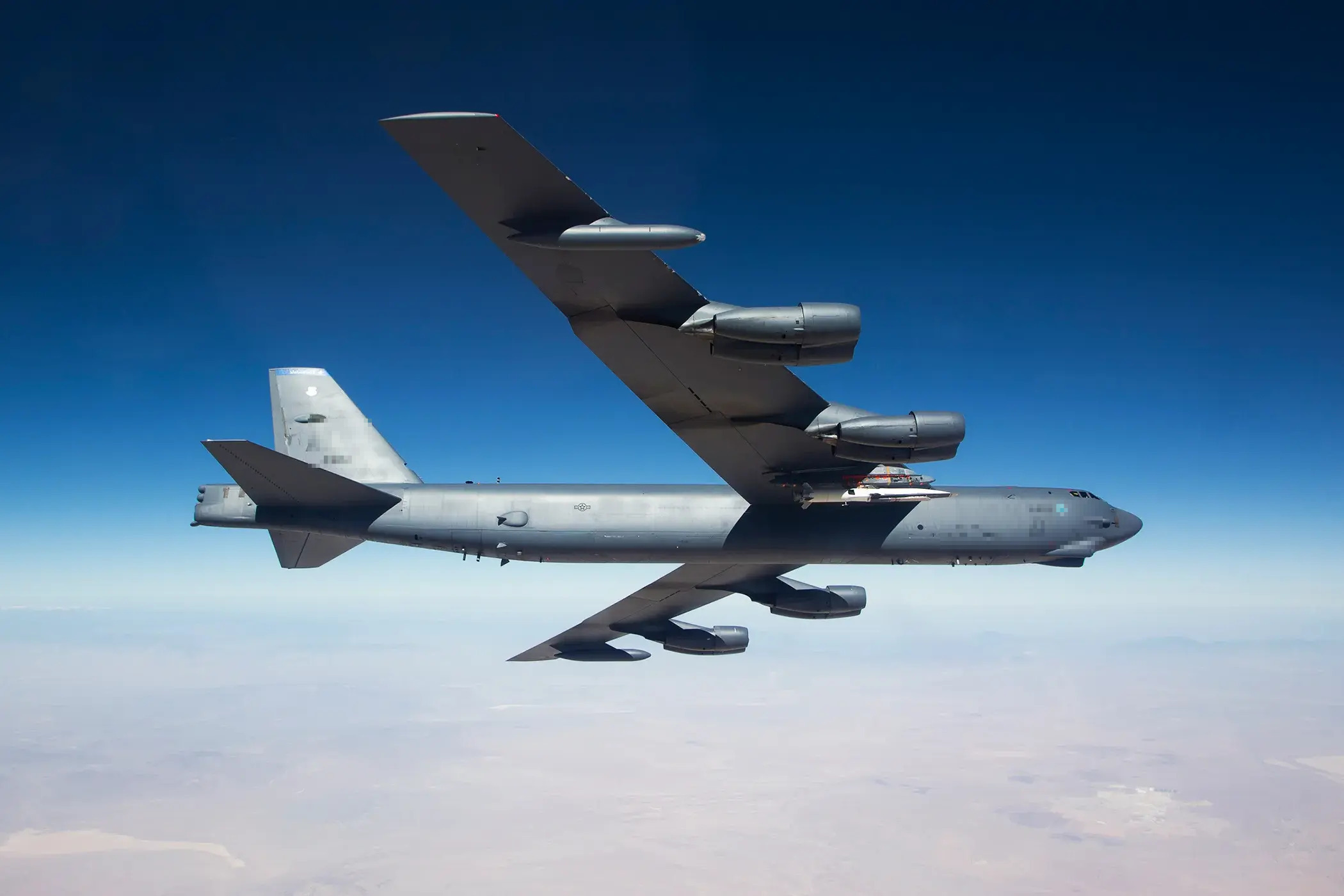
Thulegate is a term that might sound mysterious, but it refers to a significant political scandal involving Denmark and Greenland. Thulegate centers around the secret agreement between Denmark and the United States during the Cold War, allowing the U.S. to place nuclear weapons at the Thule Air Base in Greenland without the knowledge or consent of the Greenlandic people. This scandal came to light in the 1990s, sparking outrage and raising questions about sovereignty, transparency, and the ethical implications of such covert operations. Thulegate remains a pivotal moment in Danish-Greenlandic relations, highlighting the complexities of international agreements and the importance of accountability in government actions.
Key Takeaways:
- Thulegate, a series of events and controversies at Thule Air Base, had far-reaching political, environmental, and legal consequences, shaping military and environmental policies and inspiring cultural works.
- The 1968 B-52 crash at Thule Air Base led to environmental contamination, legal battles, and cultural impact, highlighting the need for better safety protocols, transparency, and environmental regulations in military operations.
What is Thulegate?
Thulegate refers to a series of events and controversies surrounding the Thule Air Base in Greenland during the Cold War. This base played a significant role in U.S. military strategy, but it also became the center of various incidents and political disputes.
- Thule Air Base was established in 1951 as part of a U.S.-Denmark agreement to bolster NATO defenses during the Cold War.
- The base is located 750 miles north of the Arctic Circle, making it one of the northernmost military installations in the world.
- Thule Air Base was initially built to serve as a refueling station for long-range bombers.
- In 1968, a B-52 bomber carrying four hydrogen bombs crashed near Thule, causing widespread radioactive contamination.
- The crash led to a massive cleanup operation known as "Project Crested Ice," which involved over 700 personnel.
The 1968 B-52 Crash
The 1968 crash is one of the most infamous incidents associated with Thulegate. This event had significant environmental and political repercussions.
- The B-52 bomber was on a routine airborne alert mission when a fire broke out in the cabin.
- The crew attempted an emergency landing at Thule Air Base but had to bail out when the situation became untenable.
- Three of the four hydrogen bombs onboard were recovered relatively intact, but one bomb's conventional explosives detonated, scattering radioactive material.
- The cleanup operation took nine months and cost approximately $9.4 million.
- Despite the cleanup, traces of plutonium can still be found in the area today.
Political Ramifications
Thulegate had far-reaching political consequences, affecting U.S.-Danish relations and sparking debates about nuclear weapons policies.
- The Danish government faced criticism for allowing nuclear weapons on its territory, despite a policy of nuclear non-proliferation.
- In 1987, Denmark officially acknowledged the presence of nuclear weapons at Thule, leading to public outcry.
- The incident strained U.S.-Danish relations, with Denmark demanding greater transparency from the U.S. regarding its military activities.
- Thulegate also fueled anti-nuclear movements in Denmark and other parts of Europe.
- The controversy led to increased scrutiny of U.S. military bases worldwide.
Environmental Impact
The environmental consequences of the Thule crash were significant and long-lasting, affecting both the local ecosystem and human health.
- The explosion released approximately 1.1 kilograms of plutonium into the environment.
- Cleanup crews used high-pressure hoses and vacuum cleaners to remove contaminated snow and ice.
- Contaminated materials were shipped to the U.S. for disposal, but some radioactive particles remained in the area.
- Studies have shown elevated levels of plutonium in the local wildlife, including fish and birds.
- Local Inuit populations have reported higher rates of cancer and other health issues, which they attribute to the contamination.
Legal Battles
Thulegate also led to numerous legal battles, as affected individuals and groups sought compensation and accountability.
- In 1987, 1,700 Danish workers who participated in the cleanup operation filed a lawsuit against the U.S. government for health issues related to radiation exposure.
- The lawsuit was settled in 1995, with the U.S. agreeing to pay $15 million in compensation.
- In 2008, Greenlandic workers also sought compensation for health problems they believed were linked to the Thule crash.
- The Danish government has faced multiple lawsuits from local communities demanding better healthcare and environmental remediation.
- Legal experts argue that Thulegate set a precedent for how military accidents involving nuclear materials are handled legally.
Cultural Impact
Thulegate has also left a mark on popular culture, inspiring books, documentaries, and even conspiracy theories.
- The 1968 crash was the subject of the 2009 documentary "Thule, Tuvalu," which explored the environmental and human impact of the incident.
- Several books have been written about Thulegate, including "The Thulegate Scandal" by Poul Villaume.
- Conspiracy theories suggest that the U.S. government covered up the true extent of the contamination and its health effects.
- Thulegate has been referenced in various works of fiction, including novels and TV shows.
- The incident has become a case study in discussions about the risks and ethics of nuclear weapons.
Modern-Day Thule Air Base
Today, Thule Air Base continues to operate, but its role and significance have evolved over time.
- The base now serves as a key site for missile defense and space surveillance.
- Thule Air Base is home to the 821st Air Base Group, which supports U.S. and NATO operations in the Arctic region.
- The base also hosts a radar station that is part of the U.S. Ballistic Missile Early Warning System.
- Thule Air Base employs approximately 600 personnel, including U.S. military, Danish contractors, and Greenlandic workers.
- Environmental monitoring continues at Thule to ensure that any remaining contamination is managed effectively.
Lessons Learned
Thulegate has provided valuable lessons for military and environmental policy, influencing how similar incidents are handled today.
- The incident highlighted the need for better safety protocols for handling nuclear weapons.
- Thulegate underscored the importance of transparency and communication between allied nations.
- The environmental impact of the crash has led to stricter regulations for nuclear cleanup operations.
- Thulegate has been used as a case study in military and environmental training programs.
- The legacy of Thulegate serves as a reminder of the long-term consequences of nuclear accidents.
Final Thoughts on Thulegate
Thulegate, a lesser-known yet intriguing chapter of Cold War history, offers a glimpse into the complexities of international relations and military secrecy. This incident, involving a B-52 bomber crash in Greenland, highlighted the dangers of nuclear weapons and the lengths governments go to cover up mishaps. The cleanup efforts, health impacts on workers, and environmental consequences remain points of contention. Thulegate serves as a reminder of the delicate balance between national security and transparency. Understanding these events helps us appreciate the importance of accountability and the ongoing need for vigilance in handling nuclear materials. As we reflect on Thulegate, it’s clear that history often holds lessons that resonate with current global challenges. By learning from the past, we can better navigate the future.
Frequently Asked Questions
Was this page helpful?
Our commitment to delivering trustworthy and engaging content is at the heart of what we do. Each fact on our site is contributed by real users like you, bringing a wealth of diverse insights and information. To ensure the highest standards of accuracy and reliability, our dedicated editors meticulously review each submission. This process guarantees that the facts we share are not only fascinating but also credible. Trust in our commitment to quality and authenticity as you explore and learn with us.


